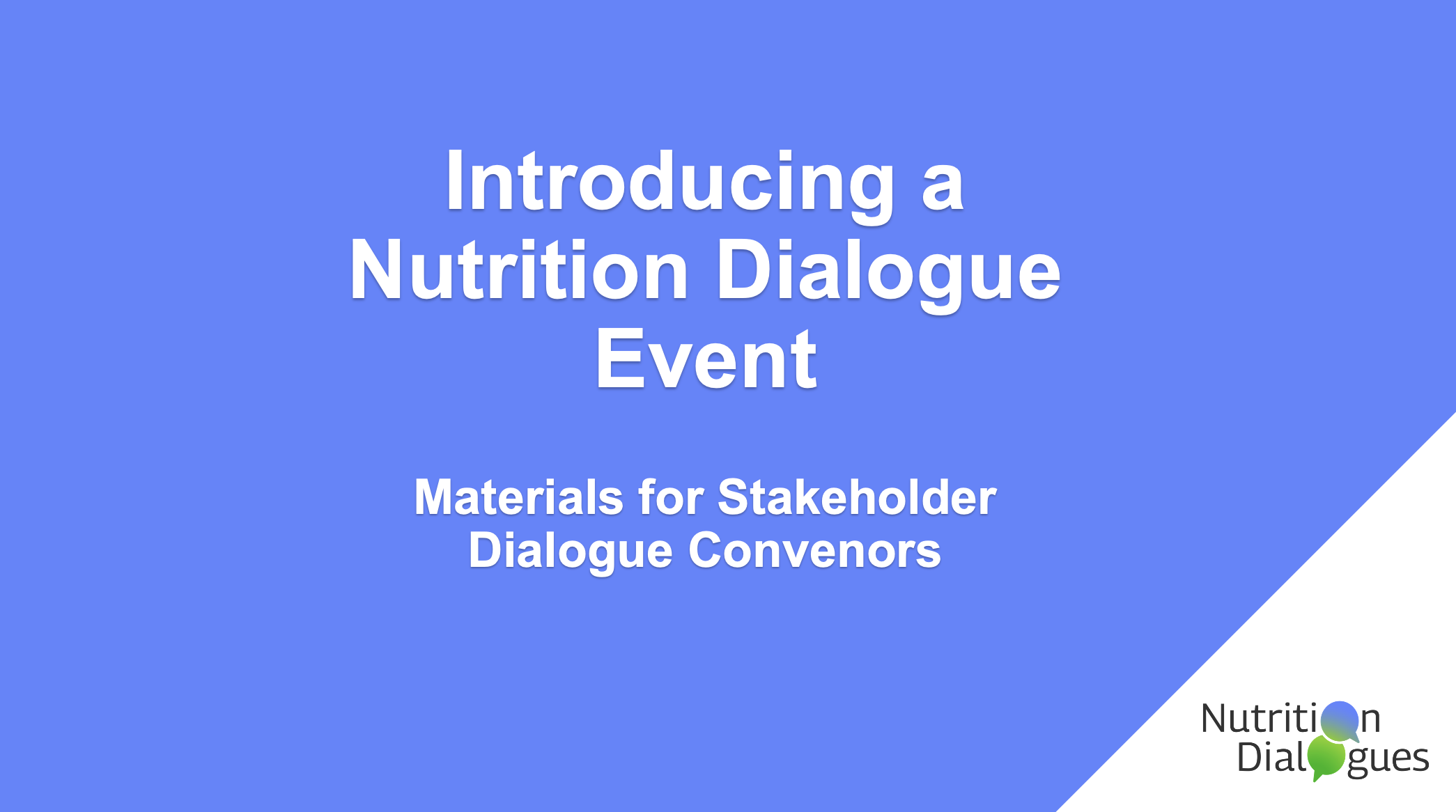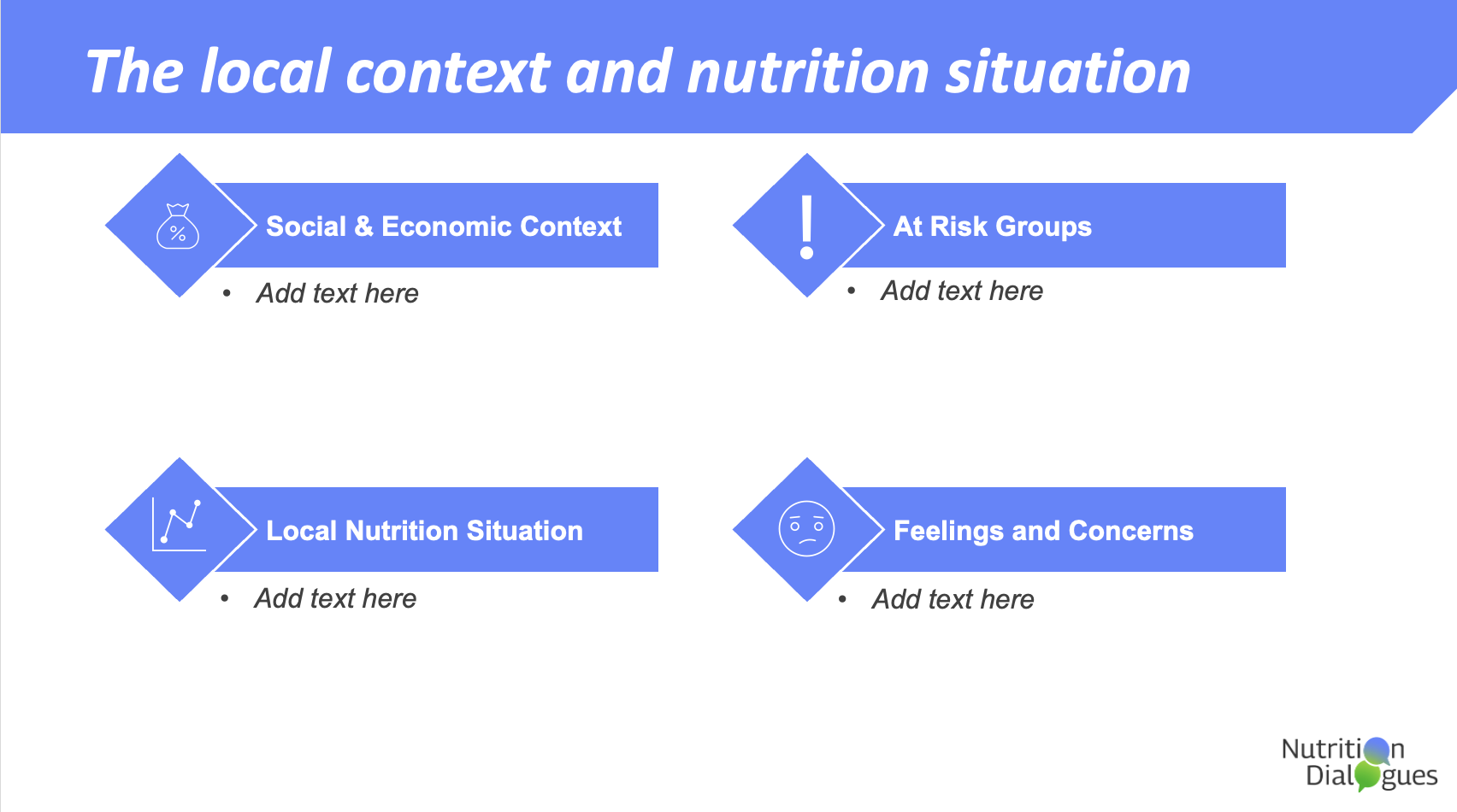The importance of good nutrition
People need to be well nourished to avoid disease, be healthy and achieve their full potential.
Improving nutrition leads to stronger immune systems, safer pregnancy, lower risk of non-communicable diseases (such as diabetes and cardiovascular disease), and longer life. Healthy children learn better and well-nourished adults are more productive. Improving nutrition can break cycles of poverty and hunger between generations1. At the same time, accelerating climate change, using violence to resolve conflicts, increases in people’s cost-of-living, and the COVID-19 pandemic, have shocked food and finance systems, and resulted in increased numbers of malnourished persons. Women and children are especially at risk2.

Worldwide, 2.33 billion persons (or 29 percent of our planet’s population), did not have consistent access to nutritious, safe, and sufficient food. Among children under five years of age, an estimated 148.1 million (22.3 percent) were stunted (too short for age), 45 million (6.8 percent) were wasted (too thin for age) and 37 million (5.6 percent) were overweight3. The world is not on track to achieve the global nutrition targets of the Sustainable Development Goals (SDGs) by 2030. Malnutrition is a big burden for people and societies. Developmental, economic, social and medical impacts of malnutrition are serious and lasting, for individuals and their families, for communities and for countries4.





